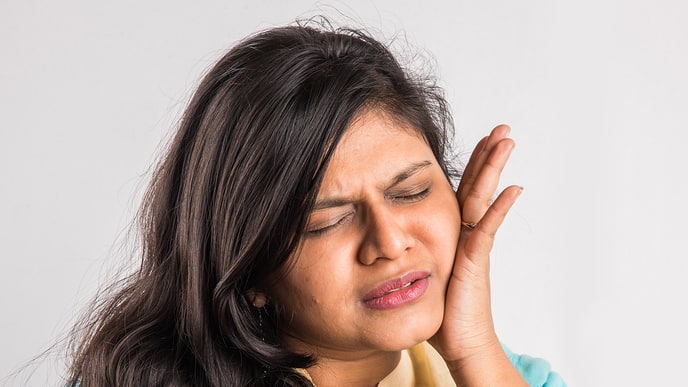Signs of a Healthy Tongue
A good indication of a healthy tongue (and body) is a uniform pink colouring with no deeper red, yellow or white discoloration. But, if you find a white film coating on the topside, it shouldn't be a cause for alarm; it's usually temporary. This film is a mix of bacteria, dead cells, and food debris. Rest assured, proper toothbrushing and flossing can help clear up the problem.
Some Bacteria Is Normal
You have about 20 billion bacteria in your mouth at any given time. For the most part, your tongue and mouth are comprised of "gram-positive" and "gram-negative" bacteria. Gram-positive bacteria are found in plaque, whereas gram-negative bacteria, the more "odorous" of the two, are found in "pit crevices of the tongue."
Certain Bad Bacteria Can Create Bad Breath
Some bacteria have a more negative effect on your oral health than others: Four types of bacteria contribute to halitosis or bad breath. These are known as gram-negative "anaerobic bacteria," which form compounds that turn into sulphur byproducts—one of the leading causes of bad breath. These bacteria can live anywhere in your mouth, both on your tongue and in plaque. Brushing twice a day, especially on your tongue, can significantly help to reduce this odorous effect.
When You Should Act
In addition to examining the health of your teeth during a dental check-up, your dentist will typically look for spots of discoloration that could be problematic – and an early warning sign that your tongue bacteria indicates a larger health concern. Leucoplakia, for instance, can develop into oral cancer and appear as a white patch on your tongue. Visit your dental professional if any discoloration, which can also include hair growth, continues for a few days.
Cleaning Your Tongue to Remove the Bad
In addition to brushing twice daily, follow these guidelines to ensure you're cleaning your tongue correctly:
- Gently brush the surface of your tongue, starting from the back and working your way to the front.
- Tongue cleaners can help curb bad breath.
- Talk to a dental professional about the best oral rinses for your condition.
- Brush and floss for two minutes twice a day to ensure plaque doesn't harden into tartar. Consistently brushing your teeth cuts down on plaque and bacteria build-up, keeping your whole mouth healthy.
When it comes to proper oral care and cleaning, don't let your focus on teeth come at the cost of the rest of your mouth. For best care, pay attention to every area of your mouth, including your teeth, gums, and tongue.
This article is intended to promote understanding of and knowledge about general oral health topics. It is not intended to be a substitute for professional advice, diagnosis or treatment. Always seek the advice of your dentist or other qualified healthcare provider with any questions you may have regarding a medical condition or treatment.
ORAL HEALTH QUIZ
What's behind your smile?
Take our Oral Health assessment to get the most from your oral care routine
ORAL HEALTH QUIZ
What's behind your smile?
Take our Oral Health assessment to get the most from your oral care routine













